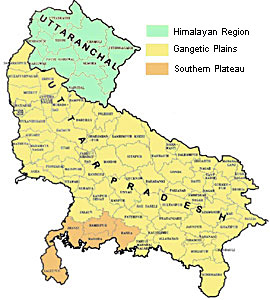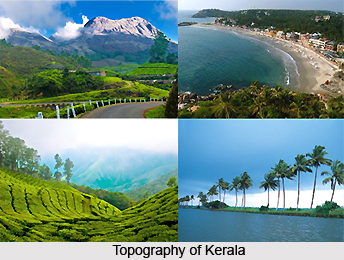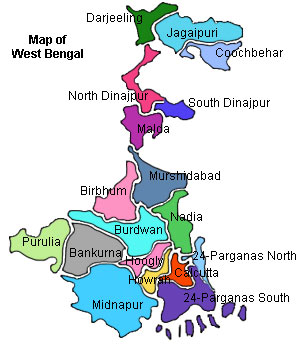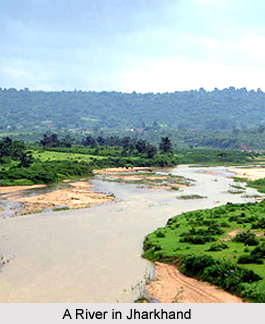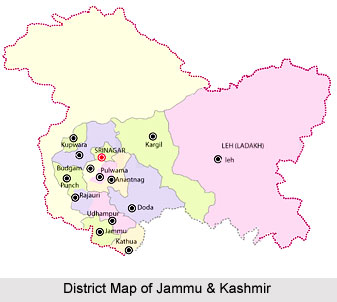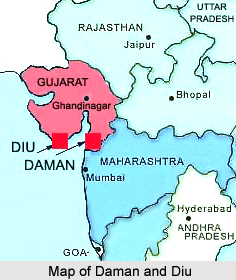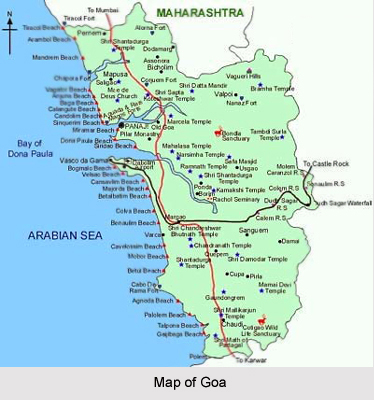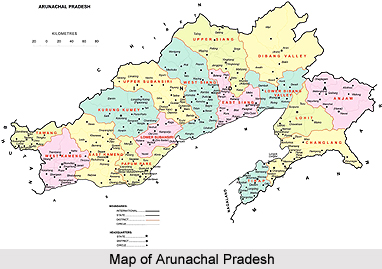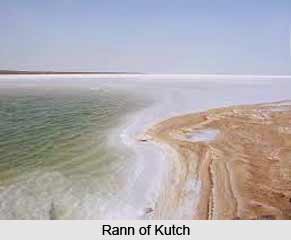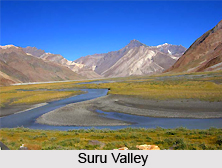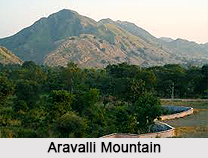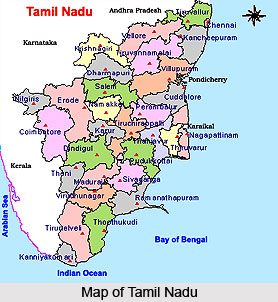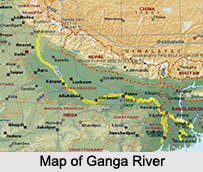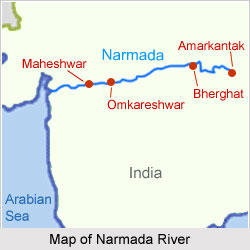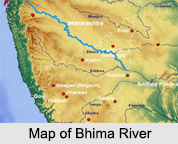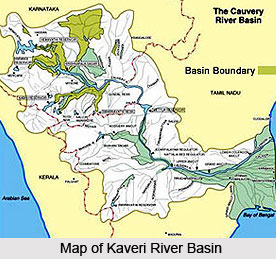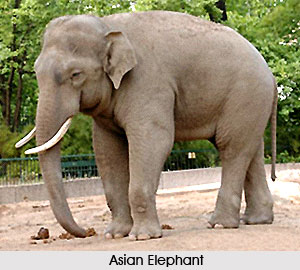 Forests under Mauryan Empire were dense which made travelling perilous. The ruler`s protection extended to selected patches of forest. The military of the Mauryans rested on horses and the elephants. Elephant was an important animal as far as warfare was concerned. The control of elephant supplies played a major role if a military campaign needs to be successful. It was easier to catch elephants and train them. During Ashoka`s rule protection of elephants was important. The tusks of the animals that die a natural death were to be handed to the government.
Forests under Mauryan Empire were dense which made travelling perilous. The ruler`s protection extended to selected patches of forest. The military of the Mauryans rested on horses and the elephants. Elephant was an important animal as far as warfare was concerned. The control of elephant supplies played a major role if a military campaign needs to be successful. It was easier to catch elephants and train them. During Ashoka`s rule protection of elephants was important. The tusks of the animals that die a natural death were to be handed to the government.
Horses were domestic animals. They were imported to western India. The rulers of the eastern Ganga plain had asserted royal monopoly rights over elephants. Forests also gave timber, tiger and lion skins. In some places the animal protectors worked to eliminate thieves, tigers and other killers from the woods to make them safe for cattle herders. The food-gathering tribes were used to guard the borders and trap animals. The Mauryan Empire relied on constant cooperation of such groups. The rulers colonized fresh lands. Some tracts were valued in strategic or economic terms. Such tracts were controlled based on political and economic aim.
The Mauryas were able to rule an extensive empire by drawing nomads into the wider networks of exchange. Ashoka brought about significant changes during his rule. As he practiced Buddhism, he protected many birds and animals were protected. Royal hunt was given up. Ashoka could not have a proper control over the forest-tribes. It was difficult to impose a ban on hunting, fishing and forest fires. The people and the cultivators in the forest slay animals regularly. Those who poached deers were fined 100 coins.
This article is a stub. You can enrich by adding more information to it. Send your Write Up to content@indianetzone.com
